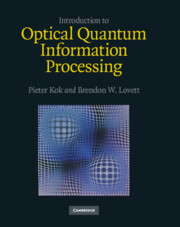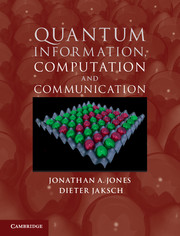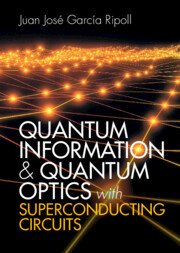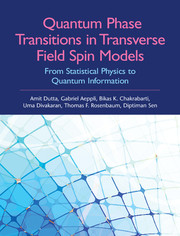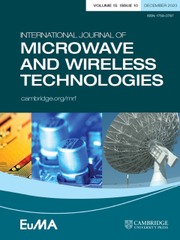Introduction to Optical Quantum Information Processing
Quantum information processing offers fundamental improvements over classical information processing, such as computing power, secure communication, and high-precision measurements. However, the best way to create practical devices is not yet known. This textbook describes the techniques that are likely to be used in implementing optical quantum information processors. After developing the fundamental concepts in quantum optics and quantum information theory, the book shows how optical systems can be used to build quantum computers according to the most recent ideas. It discusses implementations based on single photons and linear optics, optically controlled atoms and solid-state systems, atomic ensembles, and optical continuous variables. This book is ideal for graduate students beginning research in optical quantum information processing. It presents the most important techniques of the field using worked examples and over 120 exercises.
- Develops the fundamental concepts in quantum optics and quantum information theory
- Shows how optical systems can be used to build quantum computers according to the most recent ideas
- Discusses implementations based on single photons and linear optics, optically controlled atoms and solid-state systems, atomic ensembles, and optical continuous variables
Reviews & endorsements
"Kok and Lovett’s book is a very thorough and detailed introduction to quantum information processing using optical methods. The discussion of cluster state protocols and conditional optical gates is the clearest I have seen. The text includes embedded exercises for the reader, carefully constructed to illustrate important principles. The book could also be used as introduction to modern quantum optics. The authors make every effort to connect the abstract theory with current experimental practice. There are many books treating the abstract theory of quantum computing but very few that give a coherent pedagogical presentation of the physical implementations currently under investigation. As optics will necessarily form a part of future quantum information processing networks, this book is required reading for anyone wishing to stay abreast of the ongoing effort to make quantum computing a reality."
Gerard J. Milburn, Centre for Quantum Computer Technology, The University of Queensland
"I have certainly enjoyed browsing through the book by Kok and Lovett. The fusion of quantum optics and quantum information science is a natural one. Photons, after all, are the best flying qubits around. Thus, I have no doubts that this first comprehensive and well written account of quantum information processing with optical systems will be very much welcomed and appreciated by students and experts alike. Kok and Lovett give an excellent overview of the basic insights and techniques that are used in the two fields, and all this is done in a manner that conveys the intellectual excitement and beauty of the subject."
Artur Ekert, Mathematical Institute, University of Oxford and National University of Singapore
"It presents the most important techniques of the field using worked examples and over 120 exercises."
Oleg N. Granichin, Mathematical Reviews
Product details
May 2010Hardback
9780521519144
504 pages
258 × 195 × 25 mm
1.24kg
142 b/w illus. 122 exercises
Available
Table of Contents
- Part I. Quantum Optics and Quantum Information:
- 1. The quantum theory of light
- 2. Quantum information processing
- 3. Figures of merit
- Part II. Quantum Information in Photons and Atoms:
- 4. Photon sources and detectors
- 5. Quantum communication with single photons
- 6. Quantum computation with single photons
- 7. Atomic quantum information carriers
- Part III. Quantum Information in Many-Body Systems:
- 8. Quantum communication with continuous variables
- 9. Quantum computation with continuous variables
- 10. Atomic ensembles in quantum information processing
- 11. Solid state quantum information carriers
- 12. Decoherence of solid state qubits
- 13. Quantum metrology
- Appendices
- References
- Index.

